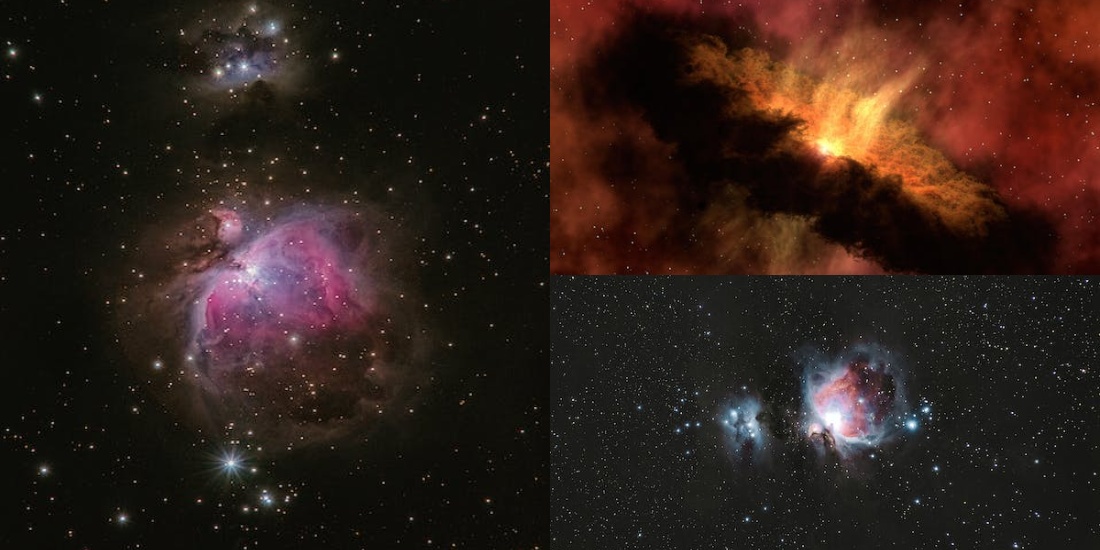Dark matter, the mysterious substance that pervades the macrocosm, continues to challenge our understanding of the macrocosm. Although it can not be directly observed or detected through conventional means, its actuality is inferred by its gravitational influence on visible matter and its goods on the large-scale structure of the macrocosm.
The actuality of dark matter was first proposed in the 1930s by Swiss astronomer Fritz Zwicky, who noticed disagreement in the mass computations of world clusters grounded on their visible matter alone. Also, multitudinous lines of substantiation have surfaced to support the actuality of dark matter. compliances of galactic gyration angles, gravitational lensing, and cosmic microwave oven background radiation all point towards the presence of dark matter.

Despite its fugitive nature, scientists have been able to conclude certain characteristics of dark matter. One of the main parcels is its gravitational commerce, which allows it to clump together and form massive structures, acting as scaffolding for worlds and world clusters.
Dark matter is believed to be non-baryonic, meaning it doesn’t correspond to ordinary matter patches like protons and neutrons. rather, it’s hypothecated to be composed of fantastic patches, similar to Weakly Interacting Massive patches( WIMPs) or Axions.
Dark matter patches have been underway for several decades. Underground sensors, similar to the Large Underground Xenon( LUX) trial and the Cryogenic Dark Matter Search( CDMS), end to capture relations between dark matter patches and ordinary matter.

These trials have handed important constraints on the parcels of dark matter, but a conclusive discovery remains fugitive. circular discovery styles, similar to studying cosmic shafts or searching for gamma-shaft emigrations from dark matter obliteration, have also been employed to gather circular substantiation.
Despite expansive exploration, the true nature of dark matter continues to escape scientists. The precise identity of dark matter patches and their relations with ordinary matter remains unknown. Multitudinous theoretical models, similar to supersymmetry and redundant confines, have been proposed to explain dark matter, but so far, no definitive substantiation has surfaced to confirm any particular model.
Understanding dark matter is pivotal for comprehending the large-scale structure and elaboration of the macrocosm. Its presence has shaped the conformation of worlds, told the distribution of matter, and played a significant part in the cosmic web. also, dark matter represents a significant bit of the macrocosm’s mass-energy content, making its study essential for directly determining the fate and composition of the macrocosm.

The dark matter stands as one of the utmost witching mystifications of ultramodern astrophysics. Its pervasive influence, yet fugitive nature, presents an ongoing challenge for scientists. Through a combination of theoretical modeling, slice-edge trials, and innovative experimental ways, experimenters are relentlessly pursuing the hunt to unveil the true identity of dark matter.




